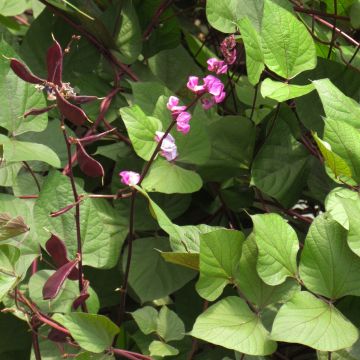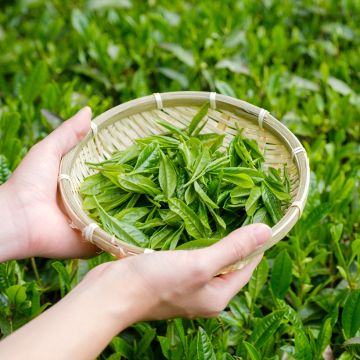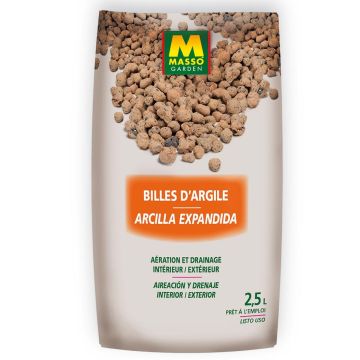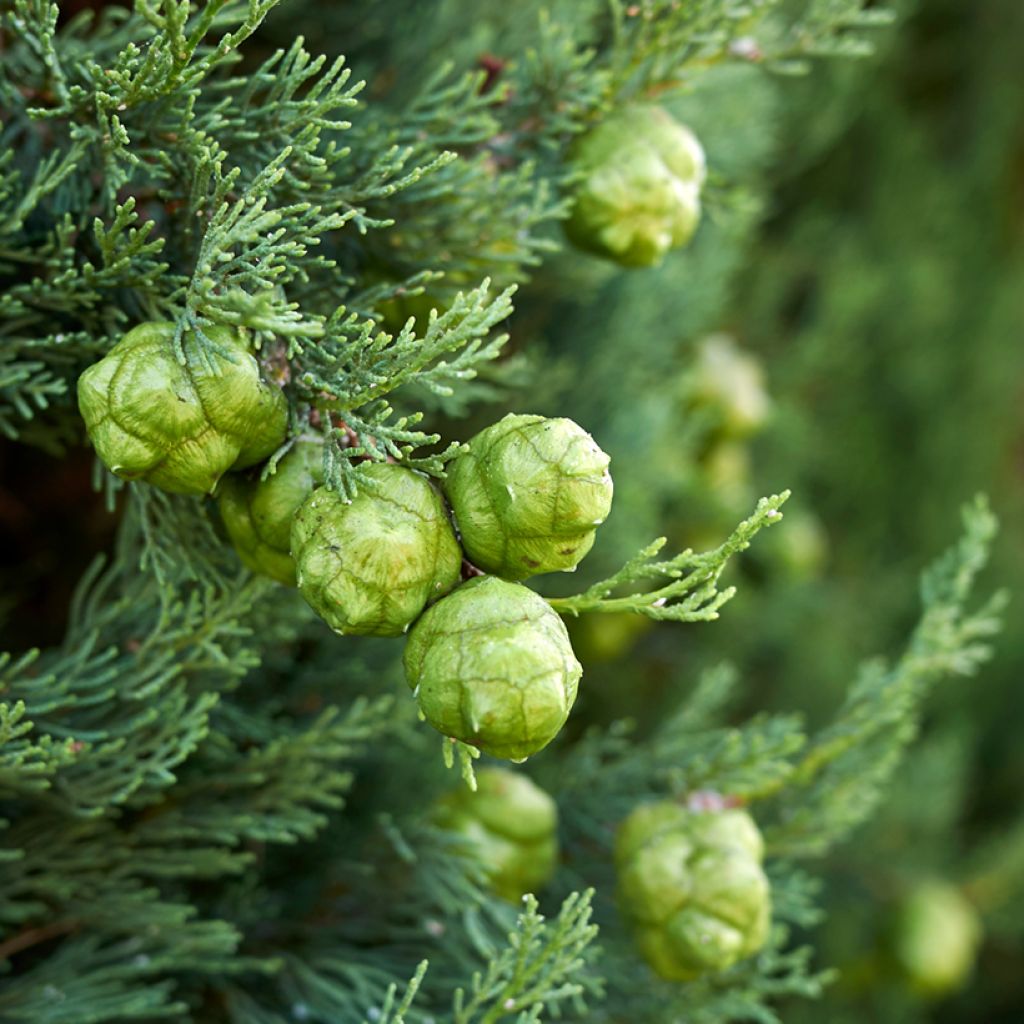

Provence Cypress - Cupressus sempervirens seeds
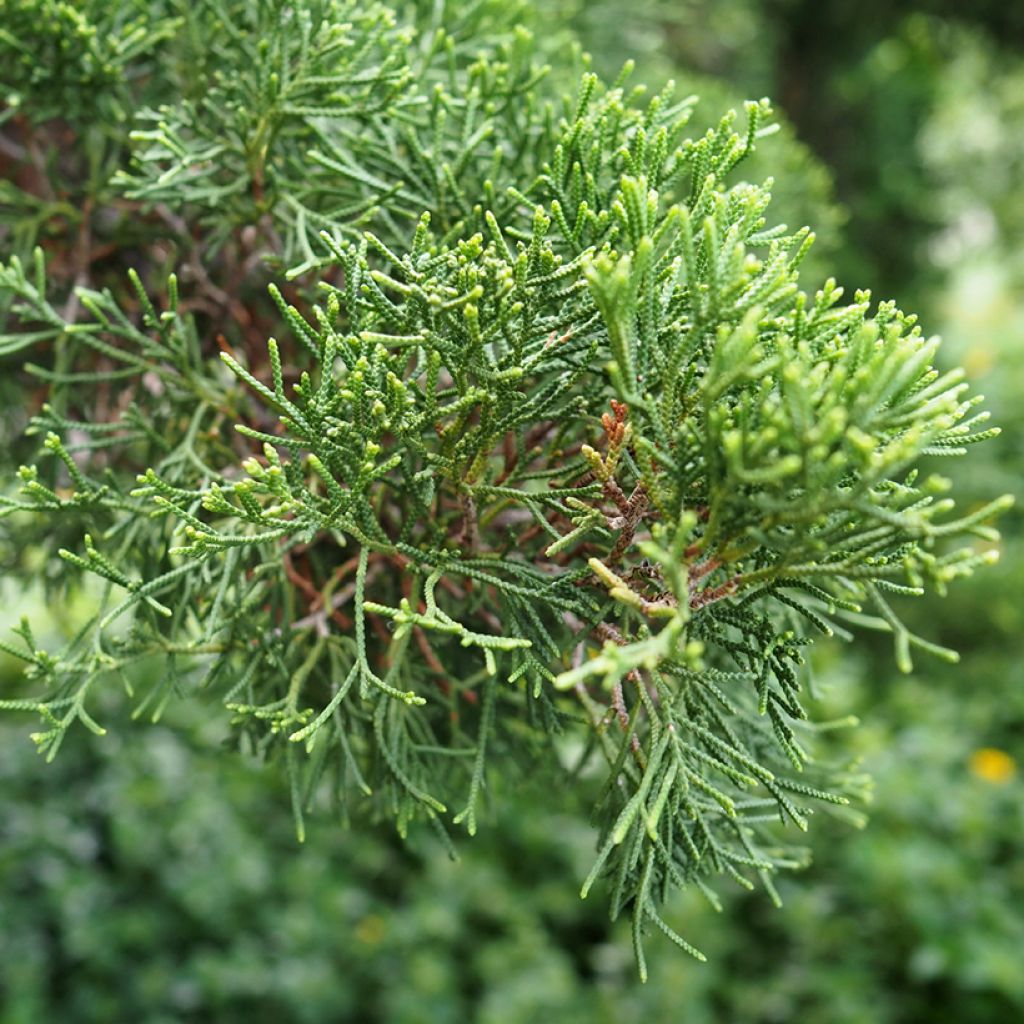

Provence Cypress - Cupressus sempervirens seeds
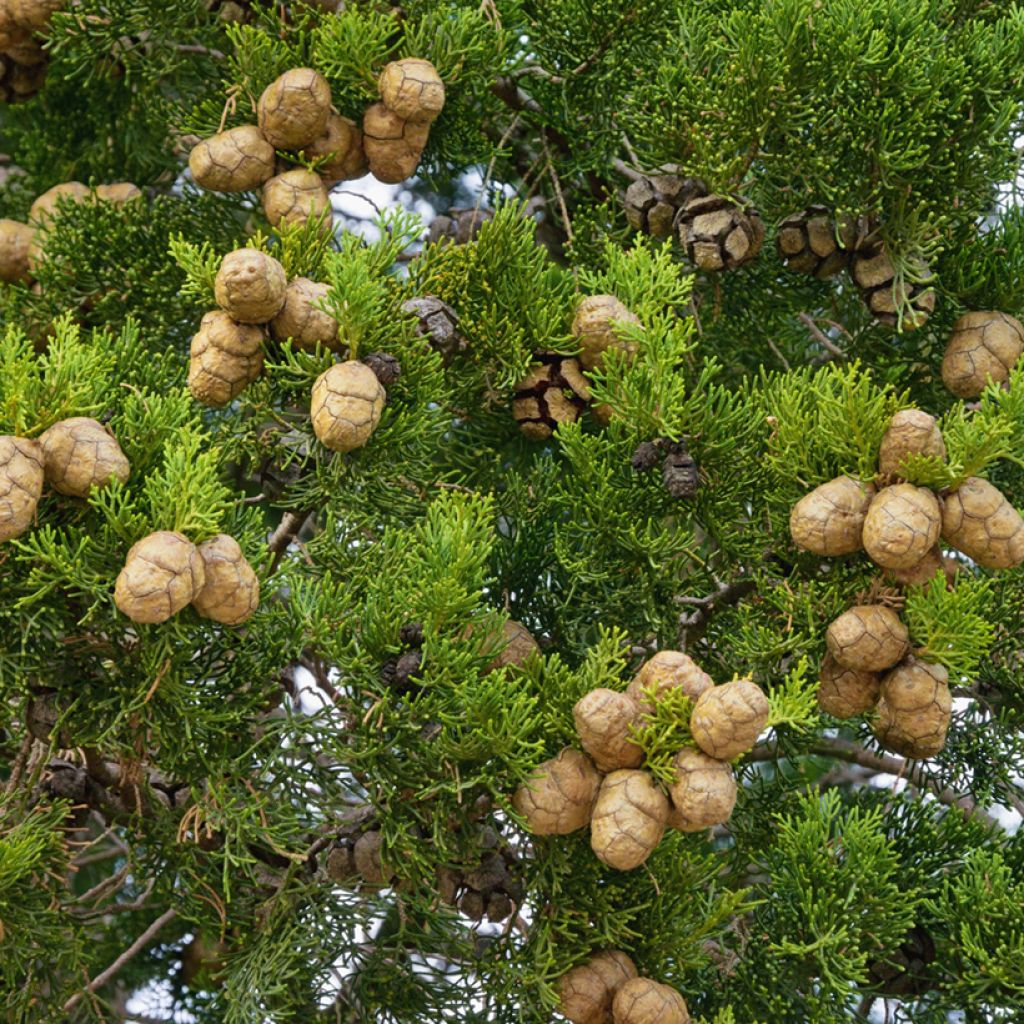

Provence Cypress - Cupressus sempervirens seeds


Provence Cypress - Cupressus sempervirens seeds


Provence Cypress - Cupressus sempervirens seeds
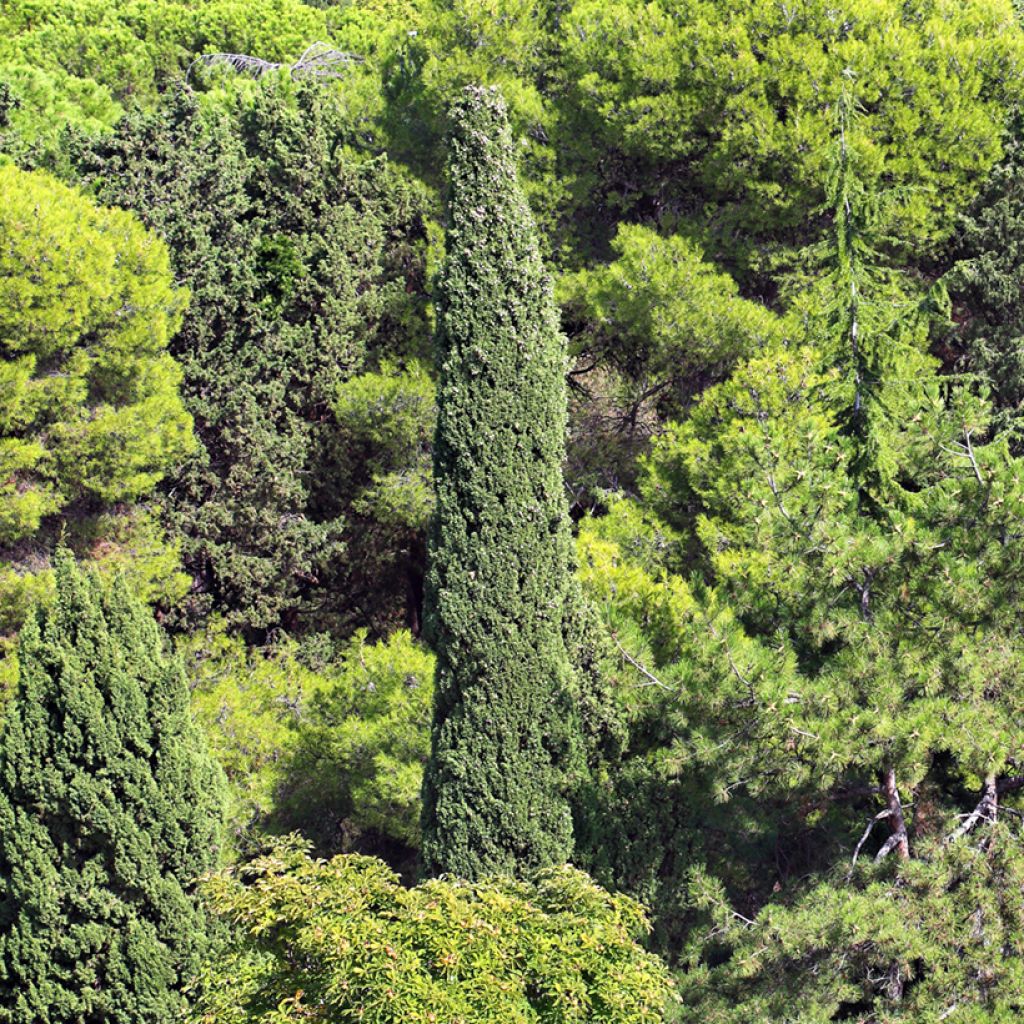

Provence Cypress - Cupressus sempervirens seeds
Provence Cypress - Cupressus sempervirens seeds
Cupressus sempervirens
Italian Cypress, Mediterranean Cypress, Pencil Pine
Special offer!
Receive a €20 voucher for any order over €90 (excluding delivery costs, credit notes, and plastic-free options)!
1- Add your favorite plants to your cart.
2- Once you have reached €90, confirm your order (you can even choose the delivery date!).
3- As soon as your order is shipped, you will receive an email containing your voucher code, valid for 3 months (90 days).
Your voucher is unique and can only be used once, for any order with a minimum value of €20, excluding delivery costs.
Can be combined with other current offers, non-divisible and non-refundable.
Home or relay delivery (depending on size and destination)
Schedule delivery date,
and select date in basket
This plant carries a 6 months recovery warranty
More information
We guarantee the quality of our plants for a full growing cycle, and will replace at our expense any plant that fails to recover under normal climatic and planting conditions.
Would this plant suit my garden?
Set up your Plantfit profile →
Description
The Provence Cypress, in Latin Cupressus sempervirens, also known as common cypress or Italian cypress, is a tall conifer, emblematic of Mediterranean regions. Its slender, dark silhouette holds significant architectural value in landscape design. This hardy and low-maintenance, long-lived tree is often planted as a hedge, in rows, or as a standalone specimen.
Belonging to the Cupressaceae family, Cupressus sempervirens originates from Asia Minor, particularly Crete, Rhodes, Turkey, and Iran. Its Latin name "sempervirens" means "evergreen", reflecting its persistent foliage. This tree can reach a height of 20 to 30 m with a spread of 2 to 4 m, depending on growing conditions. It exhibits relatively fast growth in its early years, gaining up to 50 cm annually under favourable conditions. Its trunk is straight, with smooth grey-reddish bark that cracks with age. The branches are typically upright, forming a narrow, columnar crown. The dark green leaves, shaped like small overlapping scales, are arranged in four ranks. Both male and female flowers are present on the same individual: the tree is monoecious. The 2–3 cm in diameter female cones mature in autumn of the second year and release winged seeds. The root system of this cypress is well-developed, with horizontal, shallow secondary roots, ensuring stability even on slopes and in windy regions.
Since ancient times, the Provence Cypress has been planted in Mediterranean civilisations' gardens, notably by the Greeks and Romans, who associated it with immortality and often placed it in cemeteries. In Tuscany and Provence, it has served for centuries as a windbreak and landscape marker, lining roads and farm estates. Its durable, rot-resistant wood has been prized for construction and furniture-making, partly due to its characteristic fragrance that repels insects.
The Provence Cypress is irreplaceable for adding height to the garden. It can be planted in rows to create majestic avenues or used as a hedge to form a dense, evergreen screen. As a standalone specimen, this conifer commands presence. It pairs naturally with Mediterranean plants like lavender, santolina, or an olive tree. Plant santolina and lavender around the cypress. An olive tree planted at a distance will balance the scene with its silvery foliage and broader silhouette.
Report an error about the product description
Provence Cypress - Cupressus sempervirens seeds in pictures




Flowering
Foliage
Plant habit
Safety measures
Botanical data
Cupressus
sempervirens
Cupressaceae
Italian Cypress, Mediterranean Cypress, Pencil Pine
Cupressus sempervirens var. pyramidalis ( Nyman ), Cupressus sempervirens var. horizontalis, Cupressus horizontalis, Cupressus sempervirens var. stricta
Southern Europe, Mediterranean, West Asia
atteinterespiratoire
Cette plante peut entraîner des symptômes allergiques.
Evitez de la planter si vous ou vos proches souffrez de rhinite saisonnière ("rhume des foins").
Davantage d'informations sur https://plantes-risque.info
Other Tree seeds
View all →Planting and care
Sowing Provence cypress: preferably in spring
To improve their germination rate, cold stratify the seeds for 1 to 2 months. Place the seeds in a plastic bag with a moist substrate such as peat or sand, then store the bag in the refrigerator.
After this period, the seeds can be sown in spring in a mixture of seed compost and sand, at about one cm deep. Keep the substrate slightly moist, place the pots in a bright spot without direct sunlight, with a temperature between 15 and 20°C. Germination can be quite slow and take between one and three months.
When the young plants reach between 5 and 10 cm in height, they should be transplanted into individual, fairly deep pots containing a well-draining substrate. Place them in full sun and water moderately, ensuring the substrate dries out between waterings.
Once well established, cypresses are very drought-resistant and require little watering, except during prolonged dry spells or for younger specimens. They adapt well to poor and chalky soils, but good drainage remains essential to prevent root rot. In spring, a balanced fertiliser for conifers can be beneficial to stimulate their growth.
Sowing period
Intended location
This item has not been reviewed yet - be the first to leave a review about it.
Similar products
Haven't found what you were looking for?
Hardiness is the lowest winter temperature a plant can endure without suffering serious damage or even dying. However, hardiness is affected by location (a sheltered area, such as a patio), protection (winter cover) and soil type (hardiness is improved by well-drained soil).

Photo Sharing Terms & Conditions
In order to encourage gardeners to interact and share their experiences, Promesse de fleurs offers various media enabling content to be uploaded onto its Site - in particular via the ‘Photo sharing’ module.
The User agrees to refrain from:
- Posting any content that is illegal, prejudicial, insulting, racist, inciteful to hatred, revisionist, contrary to public decency, that infringes on privacy or on the privacy rights of third parties, in particular the publicity rights of persons and goods, intellectual property rights, or the right to privacy.
- Submitting content on behalf of a third party;
- Impersonate the identity of a third party and/or publish any personal information about a third party;
In general, the User undertakes to refrain from any unethical behaviour.
All Content (in particular text, comments, files, images, photos, videos, creative works, etc.), which may be subject to property or intellectual property rights, image or other private rights, shall remain the property of the User, subject to the limited rights granted by the terms of the licence granted by Promesse de fleurs as stated below. Users are at liberty to publish or not to publish such Content on the Site, notably via the ‘Photo Sharing’ facility, and accept that this Content shall be made public and freely accessible, notably on the Internet.
Users further acknowledge, undertake to have ,and guarantee that they hold all necessary rights and permissions to publish such material on the Site, in particular with regard to the legislation in force pertaining to any privacy, property, intellectual property, image, or contractual rights, or rights of any other nature. By publishing such Content on the Site, Users acknowledge accepting full liability as publishers of the Content within the meaning of the law, and grant Promesse de fleurs, free of charge, an inclusive, worldwide licence for the said Content for the entire duration of its publication, including all reproduction, representation, up/downloading, displaying, performing, transmission, and storage rights.
Users also grant permission for their name to be linked to the Content and accept that this link may not always be made available.
By engaging in posting material, Users consent to their Content becoming automatically accessible on the Internet, in particular on other sites and/or blogs and/or web pages of the Promesse de fleurs site, including in particular social pages and the Promesse de fleurs catalogue.
Users may secure the removal of entrusted content free of charge by issuing a simple request via our contact form.
The flowering period indicated on our website applies to countries and regions located in USDA zone 8 (France, the United Kingdom, Ireland, the Netherlands, etc.)
It will vary according to where you live:
- In zones 9 to 10 (Italy, Spain, Greece, etc.), flowering will occur about 2 to 4 weeks earlier.
- In zones 6 to 7 (Germany, Poland, Slovenia, and lower mountainous regions), flowering will be delayed by 2 to 3 weeks.
- In zone 5 (Central Europe, Scandinavia), blooming will be delayed by 3 to 5 weeks.
In temperate climates, pruning of spring-flowering shrubs (forsythia, spireas, etc.) should be done just after flowering.
Pruning of summer-flowering shrubs (Indian Lilac, Perovskia, etc.) can be done in winter or spring.
In cold regions as well as with frost-sensitive plants, avoid pruning too early when severe frosts may still occur.
The planting period indicated on our website applies to countries and regions located in USDA zone 8 (France, United Kingdom, Ireland, Netherlands).
It will vary according to where you live:
- In Mediterranean zones (Marseille, Madrid, Milan, etc.), autumn and winter are the best planting periods.
- In continental zones (Strasbourg, Munich, Vienna, etc.), delay planting by 2 to 3 weeks in spring and bring it forward by 2 to 4 weeks in autumn.
- In mountainous regions (the Alps, Pyrenees, Carpathians, etc.), it is best to plant in late spring (May-June) or late summer (August-September).
The harvesting period indicated on our website applies to countries and regions in USDA zone 8 (France, England, Ireland, the Netherlands).
In colder areas (Scandinavia, Poland, Austria...) fruit and vegetable harvests are likely to be delayed by 3-4 weeks.
In warmer areas (Italy, Spain, Greece, etc.), harvesting will probably take place earlier, depending on weather conditions.
The sowing periods indicated on our website apply to countries and regions within USDA Zone 8 (France, UK, Ireland, Netherlands).
In colder areas (Scandinavia, Poland, Austria...), delay any outdoor sowing by 3-4 weeks, or sow under glass.
In warmer climes (Italy, Spain, Greece, etc.), bring outdoor sowing forward by a few weeks.
































